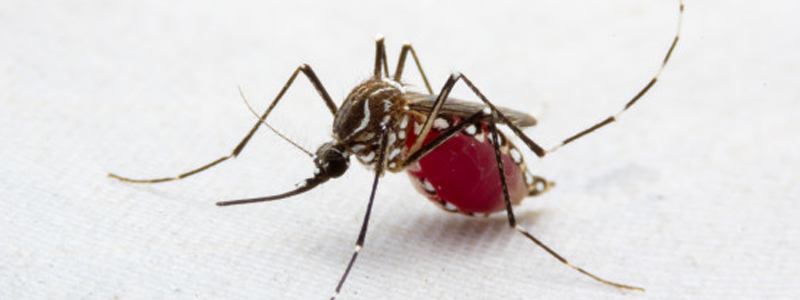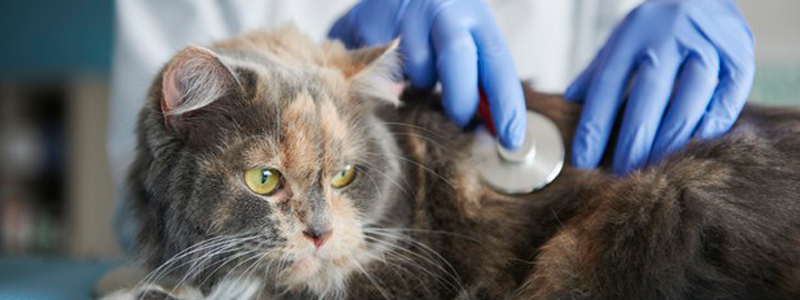BY: SAMANTHA BARTLETT, DVM
In 2019 Americans spent an excess of $29 billion on veterinary care. As more baby boomer veterinarians and technicians are retiring, the need for new veterinarians has grown as pet owners are prioritizing health care. In addition, the pandemic saw about 12.6 million households in the U.S. adopting new pets. This led to a increase in veterinary revenue despite the financial strains of the pandemic. The growth is predicted to continue into 2021with a prediction of 4% growth.
Baby boomer veterinarians are retiring at a pace of 2,000 per year. Veterinary positions are expecting a growth equal to 4 times the average of other professions at 16% by 2029. Many clinics are understaffed even before the pandemic and there simply aren’t enough new veterinarians graduating from vet schools to meet the demand. Former dean of the University of Florida Veterinary College, Dr. Jim Lloyd cites a growing shortage of veterinarians in the range of 3,000 to 5,000. The U.S. Bureau of Labor Statistics confirms the numbers and predicts the problem will get worse.
In 2021 Millennials will become the largest cohort of veterinarians. Studies have shown that Millennials are much more focused on work-life balance and are placing these demands on employers. Veterinary companies that cannot meet these demands for their veterinarians are seeing shifts to part-time or leaving the field completely. Veterinary employers that do adapt will have the opportunity to take the market share as they will have more exam availability and a larger employee base.
Veterinary colleges need to increase class sizes to help produce more veterinarians. Since 1978 the number of veterinary schools in the U.S. has expanded by five to a total of 32. This does not mirror the growth of human and pet populations during that time period. Schools cannot increase their class sizes without funding to expand and upgrade facilities. The second hurdle to increasing class size lies with the American Veterinary Medical Association’s Council on Education (COE). The COE has consistently and arbitrarily restricted the expansion of class sizes.
The shortage of veterinarians and technicians leads to greater staff burnout, potentially lower quality if care and less accessibility for clients In turn, these shortages could lead to even more professionals leaving the industry prematurely.











